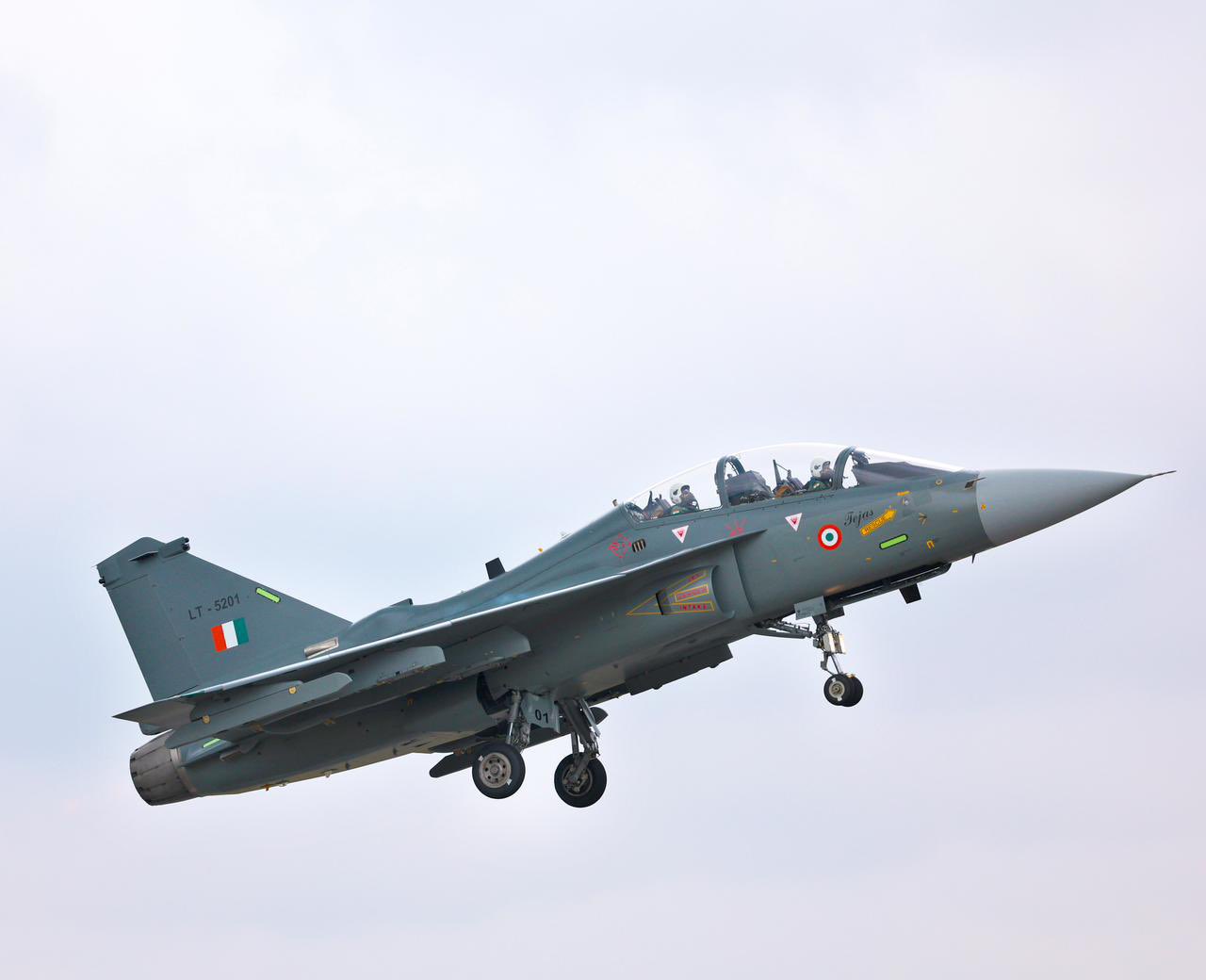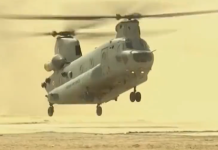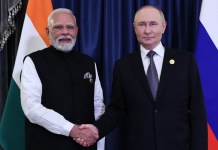By Sumit Ahlawat
In a sad development, India’s indigenous fighter jet, the Tejas, has crashed at the Dubai Air Show.
While there has been no official announcement yet, videos have emerged showing the Indian fighter jet in a free fall very close to the Dubai Air Show venue.
From the videos doing the rounds on social media, it appears to be a case of power failure.
🚨🚨A Tejas fighter jet 🛩️has crashed during a display at Dubai air show. No information on pilot.
Sad day for Indian military aviation sector. More details awaited. #Tejas #DubaiAirShow pic.twitter.com/rCBQtdoXIy
— EurAsian Times (@THEEURASIATIMES) November 21, 2025
The Tejas fighter jet can be seen in a free fall, crashing into the ground and turning into a fireball.
Sadly, the pilot also died in the tragic incident. From the videos, it appears that the pilot decided to fly the aircraft to a safe location instead of ejecting from the jet and saving his life.

The crash is indeed a very sad day for the Indian military aviation sector.
A lot was riding on the Tejas, India’s indigenous fighter jet, developed after decades of effort. The fighter jet, designed and developed by India’s state-run aerospace major, Hindustan Aeronautics Limited (HAL), is powered by an American General Electric (GE) F404-IN20 engine.
The Tejas Story: Four Decades In The Making
India started developing its indigenous fighter jet, the LCA (Light Combat Aircraft), in the 1980s.
India’s DRDO (Defence Research and Development Organisation) tasked the Gas Turbine Research Establishment (GTRE) with developing the GTX-37 engine for the LCA. Subsequently, the ambitious Kaveri engine project was sanctioned in late 1989 to power the LCA.
The Kaveri engine failed to meet the requirements; instead of the targeted 81 kN, it produced only 70.4 kN of wet thrust.
However, while developing the Kaveri engine, HAL simultaneously began designing the Tejas aircraft around the GE F404 engine. When it became clear that the Kaveri engine could not replace GE engines, India changed its strategy and decided to design an indigenous fighter jet around foreign-sourced engines.
On January 4, 2001, Indian Air Force (IAF) Wing Commander Rajiv Kothiyal successfully flew the first flight of the Technology Demonstrator TD-1. The then Indian Prime Minister Atal Bihari Vajpayee subsequently named the aircraft the Light Combat Aircraft (LCA) “Tejas,” which means “Radiance” in the ancient Indian language of Sanskrit.
The IAF placed its first order for 20 LCA MK1 fighter jets (Initial Operational Clearance (IOC) standard) in March 2006.
This was followed by another order for 20 LCA MK1 fighter jets (Final Operational Clearance (FOC) standard) in 2010.
According to the latest reports, the IAF has already received 38 of these 40 Mk1 fighter jets. The remaining two Mk1 aircraft are the two-seat trainer variants.
As of August 2025, the IAF operates two Tejas Mk1 squadrons (No. 45 “Flying Daggers” and the No. 18 Squadron – ‘The Flying Bullets’ at Sulur AFS).
Subsequently, the IAF placed an order for 83 LCA Tejas MK1A fighter jets for a cost of Rs 48,000 crore in 2021.
In August 2021, the state-owned Hindustan Aeronautics Limited (HAL) placed an order worth Rs 5,375 crore (US$716 million at that time) for 99 F404 engines with GE Aerospace to power the indigenously made Tejas Mk-1A.
Delivery of these MK1A variants was scheduled to start in February 2024; however, delays in the delivery of General Electric (GE) F404 engines pushed the program back.
As of October 2025, India has received delivery of four GE-F404 engines from the United States. India hopes to receive 12 GE-F404 engines by March 2026.
To meet Tejas production deadlines, the HAL expanded production capacity with a third line at Nashik and plans for a fourth line to increase output from 24 to 32 aircraft annually.
Doubling down on the indigenous jet, India signed a US$7.5 billion contract with HAL for 97 Tejas Mk1A jets in September 2025.

To power these jets, in November India signed a USD 1 billion deal with GE to supply 113 GE-F404 engines, with deliveries beginning in 2027.
So far, India has ordered 220 Tejas fighter jets.
India is also working on a new variant of the Tejas, the LCA Tejas MK2.
In total, the IAF can have a fleet of over 300 LCA Tejas fighter jets by 2035.
The Tejas fighter jet made its international debut in a tactical combat exercise with its first international flying exercise in the UK in 2022, followed by its participation in the Exercise Desert Flag in the UAE in 2023. The aircraft’s international airshow debut was at the Bahrain International Airshow in 2016.
During these air shows and combat exercises, the fighter jet has impressed everyone with its prowess. For instance, during Tarang Shakti 2024, India’s largest air exercise, the fighter jet successfully intercepted the Eurofighter Typhoon in a simulated combat scenario.
India was also pushing its fighter jet into the international market. Lately, there have been reports that Brazil is considering buying India’s Tejas fighter jet.
The crash at the Dubai Air Show is set to harm India’s efforts to push its fighter jet in the global market.
- Sumit Ahlawat has over a decade of experience in news media. He has worked with Press Trust of India, Times Now, Zee News, Economic Times, and Microsoft News. He holds a Master’s Degree in International Media and Modern History from The University of Sheffield, UK.
- He can be reached at ahlawat.sumit85 (at) gmail.com




